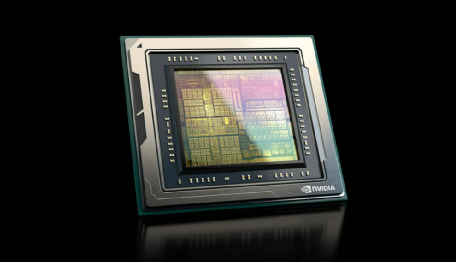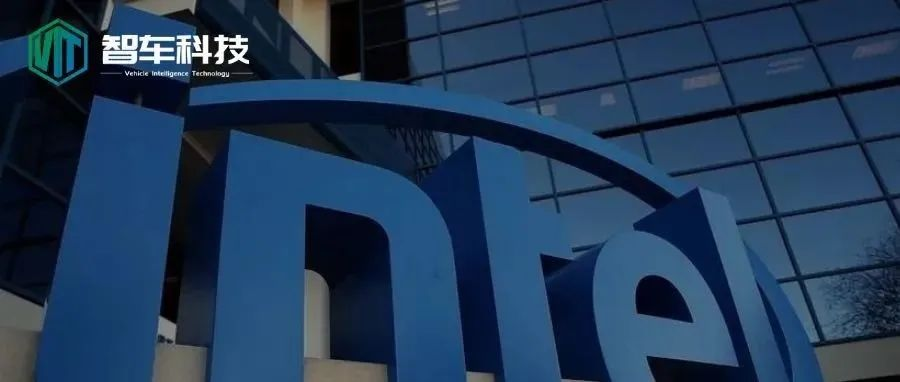Author: Zhang Chi
Introduction
According to the latest documents submitted by Mobileye to the US Securities and Exchange Commission (SEC), the company plans to sell 41 million shares of stock at a price of $18 to $20 per share, raising $820 million. However, the valuation has significantly fallen to $16 billion. In March of this year, Mobileye’s valuation was approximately $50 billion, and even in September, despite Intel significantly lowering Mobileye’s valuation, it was still valued at $30 billion. Within six months, as a globally renowned autonomous driving technology company, the continuous valuation downgrade of Mobileye has still attracted great market attention.

Mobileye shipment volume still at a high level
From the data, Mobileye’s performance is still remarkable, and it is the mainstream product in the market. According to the prospectus, 13 of the world’s 15 largest car manufacturers are Mobileye customers. As of October 1, 2022, Mobileye’s EyeQ chip shipment volume has exceeded 125 million, successfully installed on around 800 car models. In the first nine months of this year, the shipment volume of Mobileye’s SoC (system-level chip) reached approximately 24 million, an increase of about 12% compared to the previous year, a dazzling data indeed.
 Mobileye’s success can be attributed to its early entry into the autonomous driving technology industry, which has allowed the company to take advantage of industry-wide benefits. Currently, the configuration of driving assistance and autonomous driving hardware has become an important battleground for various car manufacturers competing with each other. A model without driving assistance functions is doomed to not enter the mainstream market. However, cars are also long-cycle products. On the one hand, it may take two to three years from research and development to mass production of a single model; on the other hand, once a model is mass-produced, the original equipment manufacturer (OEM) rarely replaces chips such as autonomous driving or driving assistance. Because such replacements would mean restarting the entire testing and certification process, resulting in high time and financial costs. Therefore, once a chip is selected, it is rarely replaced throughout the entire life cycle of this vehicle model.
Mobileye’s success can be attributed to its early entry into the autonomous driving technology industry, which has allowed the company to take advantage of industry-wide benefits. Currently, the configuration of driving assistance and autonomous driving hardware has become an important battleground for various car manufacturers competing with each other. A model without driving assistance functions is doomed to not enter the mainstream market. However, cars are also long-cycle products. On the one hand, it may take two to three years from research and development to mass production of a single model; on the other hand, once a model is mass-produced, the original equipment manufacturer (OEM) rarely replaces chips such as autonomous driving or driving assistance. Because such replacements would mean restarting the entire testing and certification process, resulting in high time and financial costs. Therefore, once a chip is selected, it is rarely replaced throughout the entire life cycle of this vehicle model.
Competitors are constantly strengthening, and Mobileye needs to introspect first
From a broader perspective, it must be acknowledged that now is not a good IPO time. The steady increase of the Federal Reserve’s interest rates is harvesting liquidity worldwide, causing funds to become increasingly tight in the market. According to an analysis by Crunchbase, the average stock price drop of 14 autonomous driving technology developers listed in recent years exceeded 80%. However, while the overall environment is not favorable, Mobileye and Intel need to introspect their own products.
Purely from the product performance aspect, Mobileye is slowly showing signs of decline. Currently, the on-sale EYEQ5 chip of Mobileye only has a computing power of 15TOPS. Its next-generation 5nm high-performance autonomous driving chip, EyeQ Ultra, is also facing two major problems: insufficient computing power and a late production start. The peak computing power of EyeQ Ultra is only 176TOPS, but it is expected to supply to OEMs only at the end of 2023 and achieve mass production by 2025 after completing the OEM’s pre-production process.
As the main competitor of Mobileye, NVIDIA has already delivered the Orin compute chip in 2022, with a single-chip computing power of 250TOPS. It has been selected by many automakers as the next-generation autonomous driving computing platform. At the NVIDIA GTC 2022 Autumn Conference, NVIDIA announced the launch of a brand new generation chip, Thor, with a single-chip computing power of up to 2000TOPS by 2024, significantly exceeding the previously planned Altan peak computing power of 1000TOPS.

As for Qualcomm, although its strength lies in cabin chips, it is also making efforts in the field of autonomous driving. In 2023, Qualcomm will begin supplying chips that meet L4/L5 autonomous driving requirements, with a computing power of 700+TOPS. Qualcomm’s autonomous driving platform is expected to consist of four chips, including two APs and two dedicated accelerators. Its strength should not be underestimated.
Horizon Robotics, a domestic autonomous driving chip design company, has also begun commercial deployment of the Journey 5 autonomous driving and smart interaction with a full-scene integrated intelligent central computing chip. Its single-chip AI computing power can reach up to 128 TOPS. Based on the Journey 5 chip series, Horizon Robotics has developed an autonomous driving domain controller that can support up to 8 Journey 5 chips, with a maximum computing power of 1024TOPS.
The problem with Mobileye is not only the slow iteration updates of their chips, but also the lack of local development capabilities in China, which results in only providing packaged black box products to automakers, limiting Mobileye’s ability to compete for more orders in the domestic market. Furthermore, users are unable to conduct secondary development due to such factors. Previously, Volkswagen invested 2.4 billion euros to collaborate with Horizon Robotics in China in order to establish deeper localization chip development and design capabilities. If Mobileye cannot invest in both product development and local development, it is likely that its competitors will open up a larger and larger gap, eventually leading to Mobileye’s marginalization in the market.
The future prospects of autonomous driving businesses remain positive.
As a major direction for the future development of the automotive industry, autonomous driving is inevitably a key area for car companies and other capital investments. This trend has not changed at all.

Currently, the significant decline in Mobileye’s valuation and the sharp drop in stock prices of other listed autonomous driving technology companies are largely due to the tightening of market funds related to the rapid interest rate hikes by the US Federal Reserve. Previously, due to the US Federal Reserve’s unlimited quantitative easing, the whole European and American countries were in a high-inflation era. The US Federal Reserve had to use the weapon of interest rate hike to suppress inflation. But interest rate hikes inevitably lead to tightening market funds, which will affect both the securities market and the real economy.In the context of the significantly declining valuation and repeated slump in stock prices, autonomous driving technology companies are finding it increasingly difficult to constantly raise funds from the securities market. This means that autonomous driving enterprises need to focus on improving their own products’ gross profit margin in order to gradually establish self-generating capabilities. There is still plenty of work to be done, whether it is seizing more chip orders for driving assistance functions in larger passenger cars, or competing for a larger share of high-end products in the commercial vehicle sector, where the technology for advanced automated driving is progressing more rapidly. Whoever has the better product performance will never lack sufficient market potential to take on. Porsche’s IPO this year is a good example, with a valuation of 75 billion euros even in a poor market environment. Therefore, while the market is short of funds, what it needs even more are good companies and products.
However, the significant decline in Mobileye’s valuation is not only impacted by the entire industry or the global economic downturn, but is more about the product strength and services provided to OEMs that Intel or Mobileye need to reflect on. Currently, Nvidia’s stock price has also declined significantly, but this is completely different from the significant decline in Mobileye’s valuation. The economic crisis will eventually pass, and once the market turns around, Nvidia and Horizon Robotics will use their better products and services to gain a larger market share. But if there is no way to launch a strong product in the short term, Mobileye will find it difficult to restore its past performance even if the market’s funding situation begins to recover. This is something that needs to be cautioned!

This article is a translation by ChatGPT of a Chinese report from 42HOW. If you have any questions about it, please email bd@42how.com.
